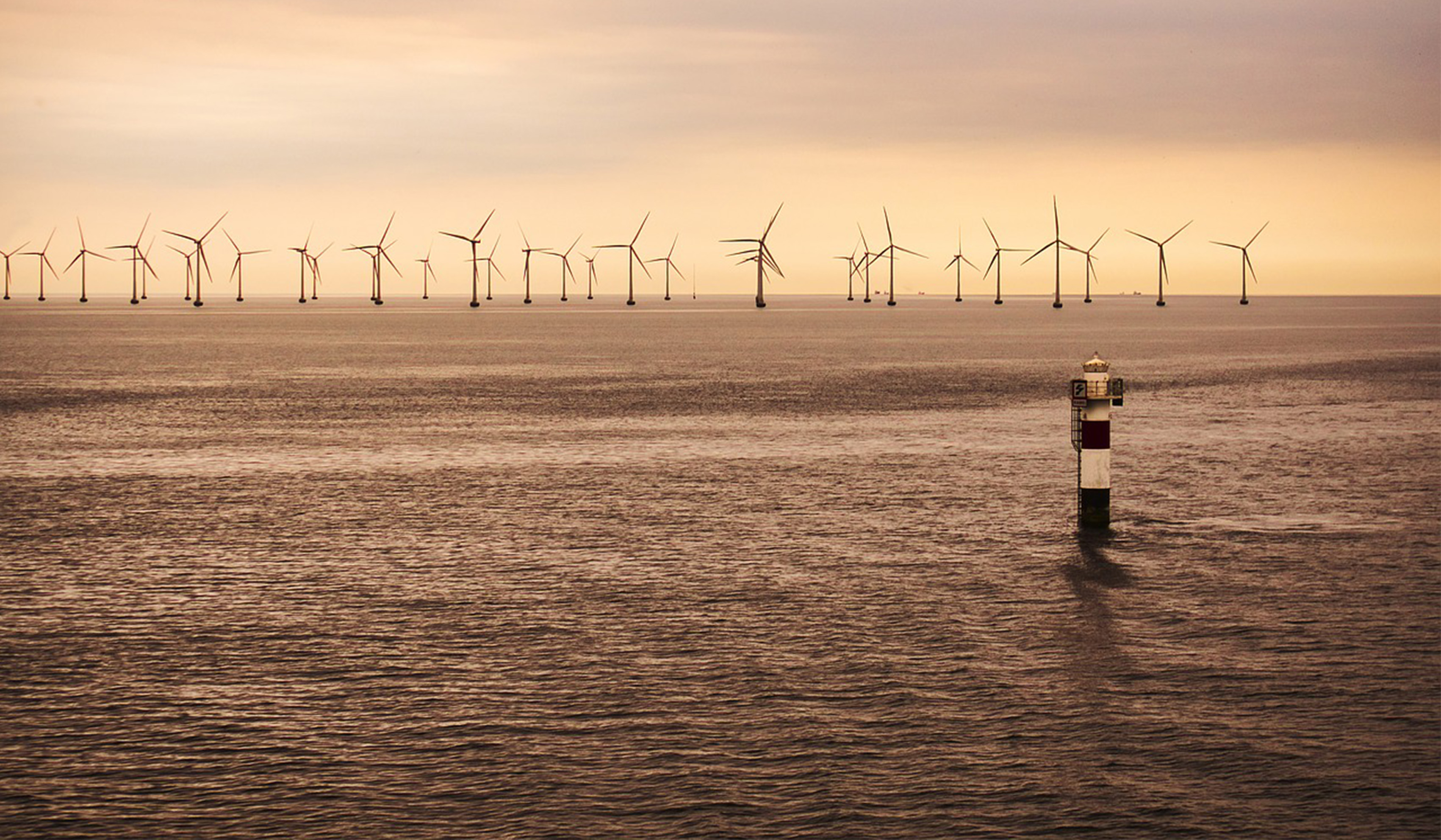But oil companies, some of the world’s wealthiest corporations, bring more to the table than just access to capital. In addition to the geopolitical experience from working in regions like the Middle East, Africa and the Arctic, the O&G sector has unrivaled technical, commercial and engineering experience from running complex operations offshore.
While O&G leaders still allocate only a relatively small share of their investments towards renewables, individual solar and wind projects are sprouting up around the world while the industry develops long-term strategic plans to lay the groundwork for what could be a game-changer on the road to a climate-neutral energy market.
Still, oil companies are facing the double challenge of a potential recession brought on by the ongoing pandemic and a drop in oil prices, resulting in widespread spending cuts and cancelled projects. As this downturn has brought a new urgency to the slow shift from big oil to big energy, offshore renewable energy could become a key component in the strategy to build a greener and more resilient O&G sector. Here’s a taste of recent projects worth tracking:
- Neptune Energy is moving toward the production of the world’s first seawater-sourced green hydrogen. The UK-registered company will use one of its platforms located 13 kilometers off Scheveningen in the North Sea to extract clean gas from purified seawater. The ability to repurpose existing offshore infrastructure is another reason why oil majors are well positioned to produce hydrogen at scale and at a potentially lower cost. While the project is currently powered by onshore cable, electricity from offshore wind farms could ultimately power hydrolysis on the rig.
- Partners in an EU-funded project led by Total are collaborating to examine the potential for floating wind and wave power to produce green hydrogen to decarbonize oil and gas output. In addition to ensuring that a production platform could be provided with access to a stable source of renewable energy, the project will also examine the possibility of integrating surplus production of hydrogen into gas sent ashore.
- Norwegian Equinor is furthering plans to launch a whole fleet of floating wind turbines some 140 kilometers off the coast of Norway. These floating structures have become increasingly popular in the last few years and projections indicate that floating offshore wind could be deployed at utility scale by 2024. And indeed, there are good reasons for optimism. Floating wind turbines can be deployed much farther from shore, where the marine winds are both stronger and more frequent. Some other perks include less conflicts with other sea activities, such as fishing, while the floating structures eliminates any impact on the seabed. According to Equinor, the fleet will partly replace the use of natural gas and provide about 35% of the average annual electricity consumption among five platforms.
- In neighboring Denmark, energy company Ørsted and UK-based ITM Power have taken it a step further. The duo is sketching on a design concept to integrate hydrogen electrolysers into offshore wind turbines. The idea is to place an electrolyser in the turbine tower that is electrically connected to the DC link in the turbine, with power flow control and water supplied to it. Energy in the form of hydrogen would then be transported to shore by an underwater or underground pipe network.

